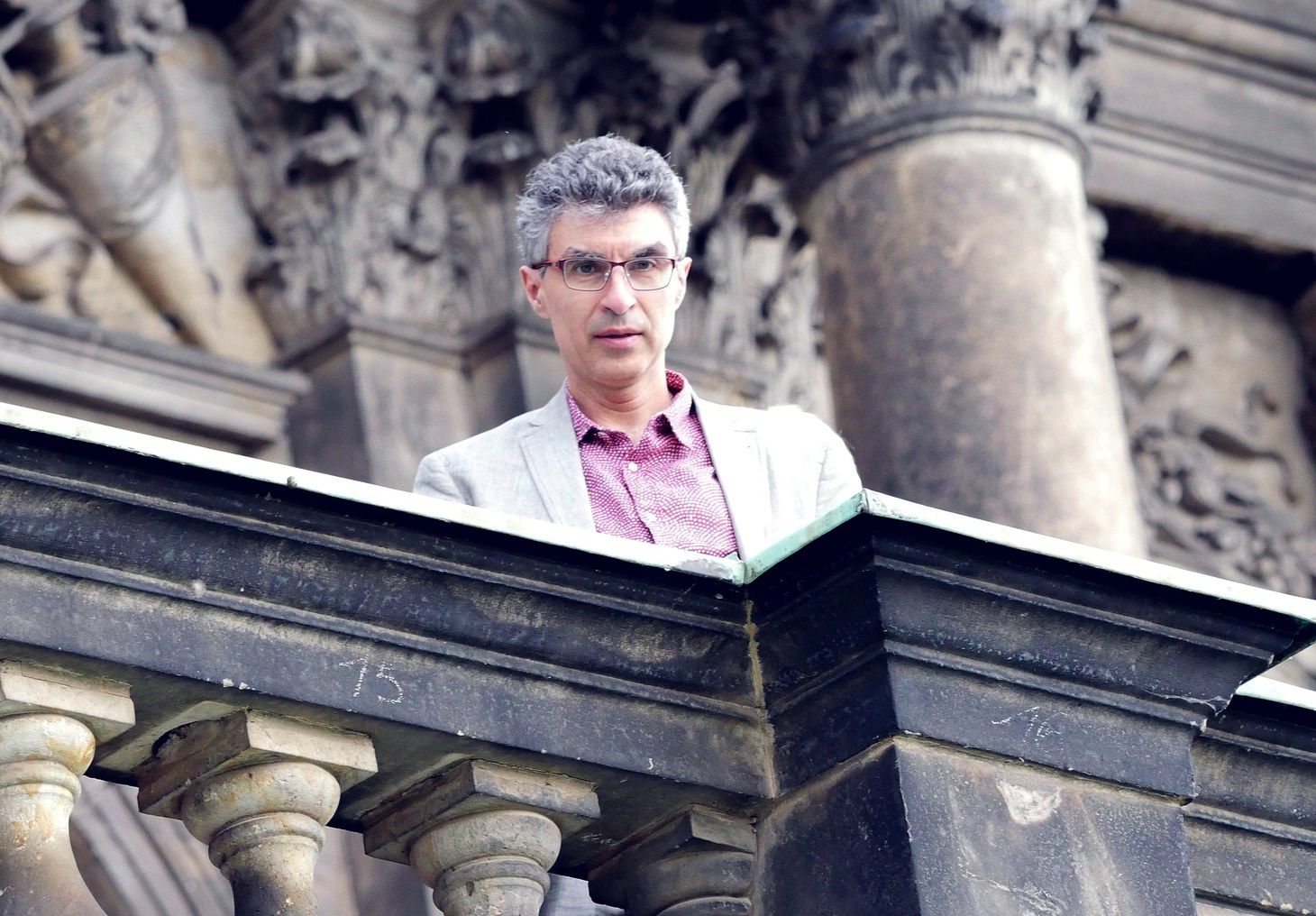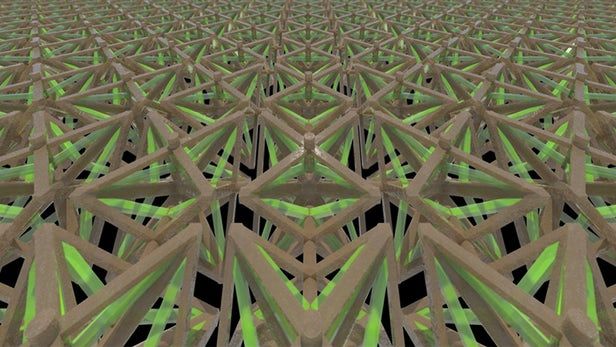Since it was first suggested that the flickering star known as KIC 8462852 might be a Dyson Sphere, telescope-toting astronomers associated with the search for extraterrestrial intelligence (SETI) have been scouring the system for signs of aliens. Now, the most well-funded SETI program on Earth— UC Berkeley’s Breakthrough Listen —is getting in on the hunt, too.
Get the latest international news and world events from around the world.
Google Jamboard Is a Huge 4K Screen You Can Scribble On — By Tim Moynihan | WIRED
“Google is off to a solid start with the “we make hardware now” thing.”

The Beauty and Total Illegibility of Extreme Metal Logos — By Liz Stinson | WIRED
“Christophe Szpajdel, a Belgian designer who has crafted more than 7,000 logos for bands since the 1980s, explains that, just like any other form of design, a good metal logo relies on basic principles like symmetry, visual harmony, letter height, and precision.”

AI Pioneer Yoshua Bengio Is Launching Element AI, a Deep-Learning Incubator — By Cade Metz | WIRED
“For researchers given the right guidance, the market for their skills is enormous. Deep learning is now technology that every big company needs. And there are only so many researchers to go around.”

New metamaterial shrinks when the heat is on
It’s one of the basic facts of science: Heat something and it expands. But a team of US scientists has gone counterintuitive and invented a 3D-printed material that shrinks when heated. Developed as part of DARPA’s program to study materials with controlled microstructure architecture, the lightweight metamaterial exhibits what the researchers call “negative thermal expansion.”
Metamaterials are one of those things that come out of the lab with an air of enchantment about them. Basically, they’re made up of composite materials, like metals, plastics, or ceramics, engineered into repeating, microscopic structures. Depending on how these structures are designed, they can give the metamaterial properties that aren’t found in nature and may not even be derived from the source materials themselves.
The study by a team from the Lawrence Livermore National Laboratory’s (LLNL) Additive Manufacturing Initiative in partnership with the University of Southern California, MIT, and the University of California, Los Angeles, used a 3D printing process called projection microstereolithograpy to form a polymer and a polymer/copper composite into a highly complex 3D bi-material microlattice structure. To put it more simply, they printed a material made of two substances to form a pattern by printing out the polymer in a layer, cleaning the surface to avoid contamination, then printing the polymer/copper composite, then repeating.

Due to aging, South Korean population headed for structural reversal
The decline of birth rate is causing a switch in society between younger workforce and the elderly. The Silver Tsunami is a real issue and one that rejuvenation biotechnology can potentially solve.
Data show productive population age group becoming smaller than the majority, and inadequate government preparation for slew of effects.
Residents of Sinpyeong township in Uiseong County, North Gyeongsang Province, were getting ready for their autumn harvest on Oct. 12. Cutting rice plants was an urgent task, they said — and all of the work is done by local village women in their seventies and older.

Worried about rights for cyborgs? There’s a write-in candidate for that
Politico: Write a transhumanist in in New York! http://www.politico.com/states/new-york/albany/story/2016/10…-in-106729 #transhumanism #Election2016 #ScienceCandidate
ALBANY — While Hillary Clinton and Donald Trump have debated issues such as immigration, gun control, and health care, neither of them has weighed in on the topic of a bill of rights for cyborgs.
Voters chagrined by that oversight do, however, have another option.
Story Continued Below
Zoltan Istvan thinks that not-too-distant technology will make it possible for humans to live for up to 10,000 years, and he’s running as the Transhumanist Party’s presidential candidate in order to bring public attention to the need to speed up this process and prepare for the eventual societal impacts of immortality.

EU Commission’s new space policy to invest in startups to boost private investment
PARIS — The European Union’s executive commission on Oct. 26 unveiled a new space strategy that promises public investment to stimulate the creation of space start-up companies.
The Brussels, Belgium-based commission, which acts on behalf of the 28 European Union members — still including Britain for a couple of years — is already the biggest single customer for Europe’s Arianespace launch-service provider and for Europe’s satellite manufacturers.
The EU plans to launch some 30 satellites in the coming decade for the Galileo navigation and Copernicus environment-monitoring programs, which are the major beneficiaries of the commission’s space budget of 12 billion euros ($13.5 billion) between 2014 and 2020.
